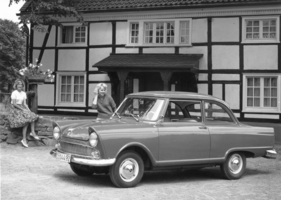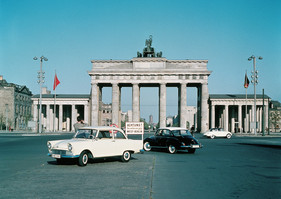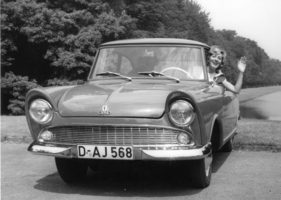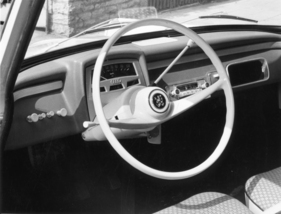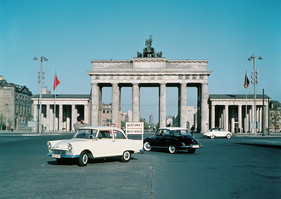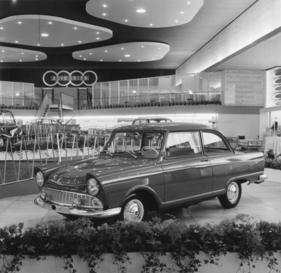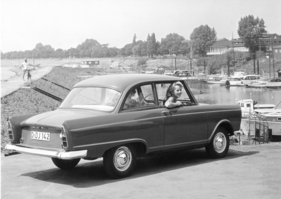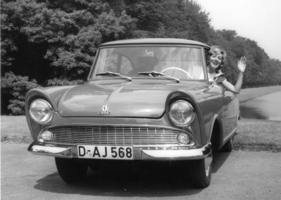DKW Junior de Luxe in the (historic) test - agile, mature and recognized
Summary
The DKW Junior had largely done away with the usual two-stroke prejudices and brought Auto Union a significant sales success. However, it still had a few unpleasant peculiarities: running on a mixture of fuel and lubricating oil caused wrinkled noses and made refueling difficult. The Junior de Luxe presented in 1961 showed better manners and consistently made up for the weaknesses of its predecessor. This article quotes a test report from February 1962 and shows the saloon in extensive historical images and sales material.
This article contains the following chapters
- Junior and Junior de Luxe
- A lovable car
- Air, light and visibility
- How it drives
- Brakes, driving performance, fuel consumption
Estimated reading time: 11min
Preview (beginning of the article)
The DKW-Junior was born as a member of a "new" vehicle category: the small middle class, which had its typical representatives in the Dauphine and the Arabella, the Anglia and Herald. This class actually owes its existence to progress in engine construction, which makes it possible to give a relatively spacious small four-seater sufficient temperament with an engine that actually still belongs to the domain of small cars in terms of displacement. However, the DKW Junior also ties in with the old Zschopau tradition and is an epigone of the unforgotten F-8, which in its day played something like the role of a "Volkswagen".
Continue reading this article for free?
Photos of this article

